For shared-interest communities, guarding the safety and security of residents is of paramount importance. Achieving those goals is more than a matter of key fobs and cameras, however. It applies to all kinds of hazards within communities’ common areas and shared amenities, and reaches past the obvious. While residents may picture more dramatic, even violent incidents like break-ins or catastrophic fires, ‘safety and security’ in multifamily communities also encompasses more mundane things, like being able to walk across the lobby without tripping on obstructions or worn-out carpet, having proper signage where needed, even how common areas are lit.
Potential Hazards
The most obvious hazard in most residential situations is a ‘slip and fall.’ A fall can easily cause physical injury, and potentially lead to a lawsuit. And in today’s touchy insurance environment, a lawsuit resulting from an avoidable situation is the last thing any shared interest community needs.
“Slip-and-fall incidents are by far the most common hazard, and often result from preventable issues like poor lighting, wet flooring or uneven walking surfaces,” says Bruno Bartoli, Senior Director of Management Services for Evergreen Management located in Bedford, New Hampshire. “Another risk area is insufficient building access control, which can compromise physical safety and security.”
“Slip-and-falls happen more frequently in over-55 communities,” says Jessica Ruiz, senior vice president with AKAM, a real estate management firm with offices in south Florida and New York. Though the protocols we employ to prevent these types of accidents are the same for both over-55 communities and those that are not age restricted, care and caution increase. There is a set protocol to prevent these incidents and also one to mitigate. Every building has their procedures, though it varies a little.”
Besides slip-and-fall accidents, “Other safety blind spots include poorly maintained gyms, unsecured rooftop furniture, or personal items left in hallways or stairwells,” says Avery Feldman, vice president and senior account executive with Maxwell-Kates, Inc., an Associa Company. “Prevention comes down to proactive maintenance, regular inspections, good lighting, clear signage, and secure access control systems.”
An Ounce of Prevention…
The key to avoiding safety hazards is prevention. Early and decisive intervention make accidents less likely to happen, and can help lessen the seriousness of mishaps that do occur. There are many components to a successful prevention program, including adequate lighting, properly maintained flooring, handrails, and hazard mitigation in common areas like gyms and fitness rooms, community lounges and kitchens, roof decks, even hallways and stairwells.
“Common areas generally are high-traffic areas, and small issues can lead to big problems,” says Feldman. “Proper lighting helps prevent trips; slip-resistant flooring reduces fall risks. Handrails support stability in stairwells. Hazard mitigation like cleaning spills, fixing broken tiles, and keeping pathways clear is key to keeping residents safe and avoiding liability. These features aren’t just nice-to-haves—they’re your front line against accident prevention.”
Bartoli concurs. “We view proper lighting, secure flooring, and well-installed handrails as non-negotiable infrastructure that directly impact resident safety and liability exposure,” he says. “These components are essential to the safety, usability, and long-term value of shared spaces. Common areas such as fitness rooms, community lounges, and stairwells are used frequently and by a diverse resident base, so our approach is rooted in proactive risk management. Hazard mitigation isn’t something to address reactively—it must be embedded in day-to-day operations to ensure resident well-being and build trust within the community.”
“Common areas must be viewed as extensions of the resident’s homes, regardless of where or what part of the property we are talking about,” adds Ruiz. “As management, we have to consider both lifestyle and liability. Proper lighting helps mitigate both accidents and crime. When considering flooring, a non-slip product is important. Handrails in halls and stairwells are an important component as well. And it’s critically important to remember that everything must be ADA compliant as well as compliant with local codes. And you must also have a cleanup protocol in gyms and other areas to minimize exposure if there’s a flood or spill or any other danger or liability.”
Inspections
The simplest and most effective method of making sure your property is free of potential safety and security hazards is to regularly inspect common areas for anything that could lead to trouble. A once- or twice-daily walk-through by management and/or building staff is usually sufficient, though most localities also require periodic inspections by local governmental departments or recognized professional engineers or architects to certify that a building is in compliance with fire safety and other municipal codes. In either event, inspections are the perfect opportunity to control hazards. After all, you can’t remove a hazard you don’t know about.
“We do our inspections literally daily as part of our routine,” says Ruiz. “From security personnel to our managers, engineers, and housekeeping teams. When they’re walking the property, they’re looking around to make sure we don’t expose the residents or the association to a problem. We employ a simple process: If something doesn’t appear correct, a photo is taken and reported to the appropriate department, and the issue is then handled by the appropriate staff. It’s our job to reduce liability and make things safe for people.”
“ADA compliance is trickier,” Ruiz continues. “We’re responsible for maintaining what is required by the existing code at the time of construction. But there are always changes [to building codes], and older buildings may not be compliant. We may have to bring things up to code occasionally—like the stairs and ramps at a building’s entrance, for example. If they make a change to the entrance, they have to bring it up to current code.”
Bartoli concurs, adding that “routine inspections are a critical safeguard that help identify issues before they escalate. They support insurance compliance, and demonstrate a community’s commitment to safety.” And, he adds, “Upgrades and ADA compliance are not just about avoiding fines—they’re about promoting inclusivity and equitable access for all residents. If a mishap occurs and it’s found that the association lacked documentation or failed to follow a consistent inspection protocol, the legal and insurance ramifications can be serious. We support our communities by establishing structured inspection programs and helping boards navigate the complexities of compliance and risk management.”
“A simple, property-wide policy is crucial,” explains Feldman. “Put simply, safety can’t be ad hoc. A standard policy ensures consistency, so you can be sure of who does what, when, and how. Your policy should include maintenance schedules, emergency procedures, vendor protocols, and resident responsibilities. Having it written down can help shift liability away from the community and onto third-party vendors or negligent individuals if it’s followed and documented properly.”
A Cautionary Tale
Ruiz describes a situation one of her client communities faced that didn’t end well, mostly due to a small breakdown in protocol. The result was not pretty:
“Signage,” she says, “is important—very important. When we’re doing work in a building, we put up signs and block off the work area. If there’s a wet surface anywhere, we make sure signs are visible and placed appropriately so the residents don’t walk there. It’s also important to communicate when and why areas are to be blocked off. At one of our properties, there is a gated trash receiving area that’s normally closed to the residents. There is signage indicating that no resident access is allowed. However, a resident approached the area and the gate was open. She tripped and hit her face on a trash container. The floor wasn’t wet, nor was there anything in the way. We did everything we were supposed to do to keep residents out, yet she went there. The end result was a claim against the building’s carrier that was denied because the area was unauthorized for resident access.” A costly mistake.
Legal Implications
Feldman reminds boards that staying on top of maintenance and inspections is crucial for not just the safety of residents and staff, but for their own protection against legal actions resulting from injuries from falls and other hazards.
“If someone gets hurt and there’s no clear policy or record of maintenance, there might be exposure for the building. That means lawsuits, legal fees, etc. Sidewalk maintenance is critical to avoid slip-and-fall claims from the exterior of the building. Too often buildings wait until it’s too late before making repairs or replacing sidewalk flags all together.” Feldman stresses that “xommunication is key. Even the best policies mean nothing if residents and staff aren’t aware of them. Post signs, send reminders, train your staff. Also, review policies annually with boards as laws and risks change.”
Bartoli cautions that “a lax or inconsistent safety policy can expose a condominium association to serious legal and financial liability. Boards are fiduciaries, and are expected to manage the common area with reasonable care. If an injury occurs due to an overlooked safety issue, and the board failed to act, that could be considered negligence. We emphasize ongoing education and transparent communication with boards to ensure they understand their obligations and are equipped to meet them. A strong safety policy isn’t just good practice—it’s a legal safeguard.”
Shared interest communities are regularly faced with difficult tasks that require both money and professional guidance to achieve compliance. Fortunately, safety and security is a rather straightforward and easily achieved goal—provided your board and management are conscientious, committed, and proactive about identifying and remedying risks before they become hazards.



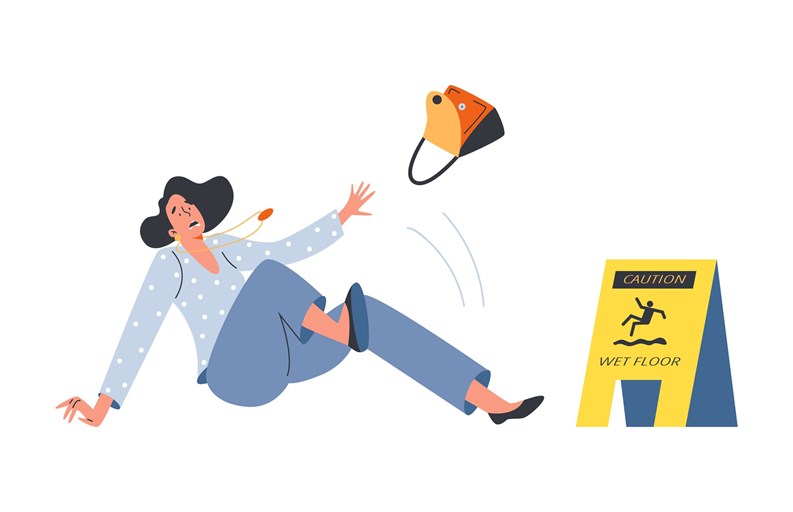
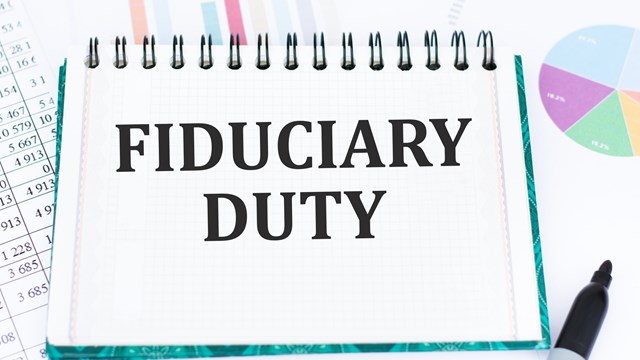
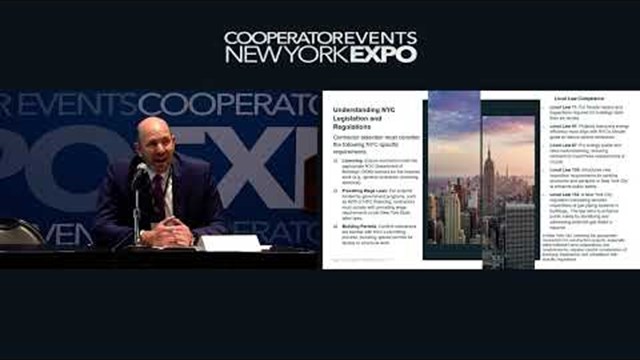
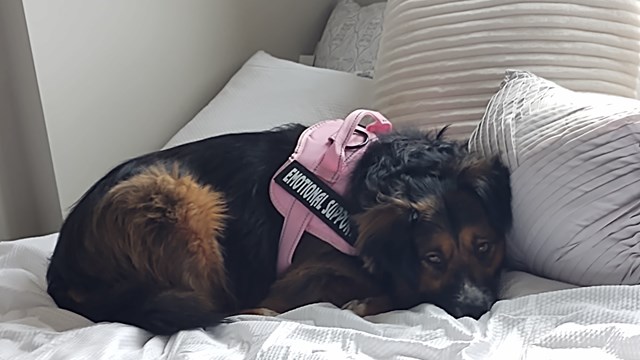


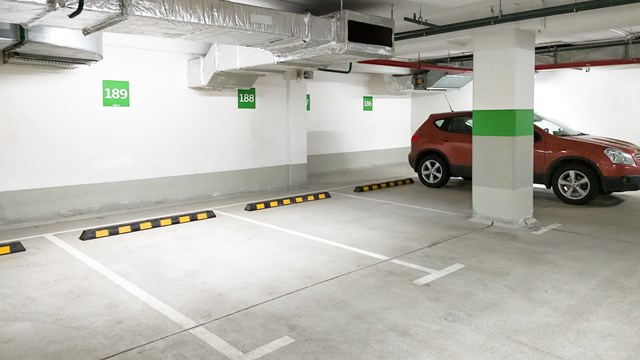
Leave a Comment